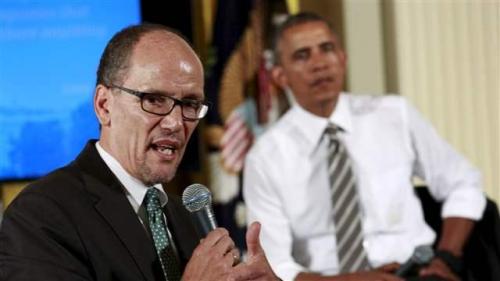Introduction
Many American workers do not have access to employer-sponsored payroll deduction plans for retirement saving. Groups with low rates of access include younger workers, members of minority groups, and those with low-to-moderate incomes. 1 Small business employees are especially at risk. Only about 14 percent of businesses with 100 or fewer employees offer their employees a retirement plan, leaving between 51 and 71 percent of the roughly 42 million people who work for a small business without access to an employer-administered plan (Government Accountability Office 2013).
Lack of access makes it difficult to build retirement wealth. A study by the Employee Benefit Research Institute (2014) shows that 62 percent of employees with access to an employer-sponsored plan held more than $25,000 in saving balances and 22 percent had $100,000 or more. In contrast, among those without access to a plan, 94 percent held less than $25,000 and only three percent hold $100,000 or more. Although workers without an employer-based plan can contribute to Individual Retirement Accounts (IRAs), very few do.2 But employees at all income levels tend to participate at high rates in plans that are structured to provide guidance about the decisions they should make (Wu and Rutledge 2014).
With these considerations in mind, many experts and policy makers have advocated for increased retirement plan coverage. While a national approach would be desirable, there has been little legislative progress to date. States, however, are acting. Three states have already created state-sponsored retirement saving plans for small business employees, and 25 are in some stage of considering such a move (Pension Rights Center 2015). John and Koenig (2014) estimate that 55 million U.S. wage and salary workers between the ages of 18 and 64 lack the ability to save for retirement through an employer-sponsored payroll deduction plan. Among such workers with wages between $30,000 and $50,000 only about one out of 20 contributes regularly to an IRA (Employee Benefit Research Institute 2006).
This paper highlights a variety of issues that policymakers will need to address in creating and implementing an effective state-sponsored retirement saving plan. Section II discusses policy design choices. Section III discusses management issues faced by states administering such a plan, employers and employees. Section IV is a short conclusion.
Note: this paper was presented at a October 7, 2015 Brookings Institution event focused on state retirement policies.











